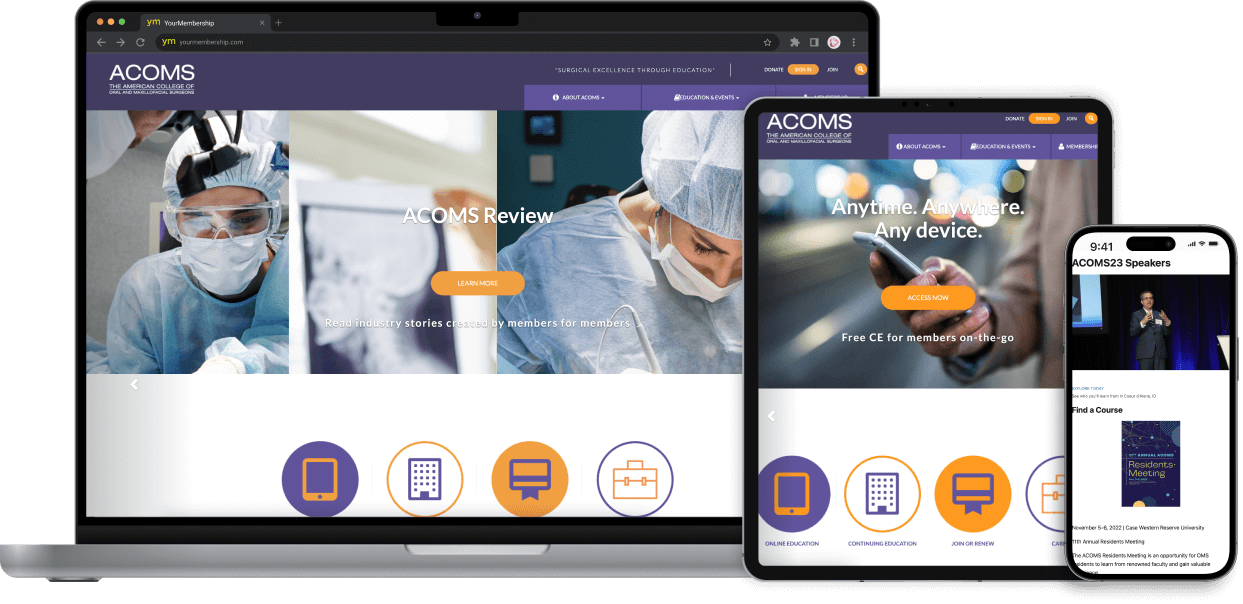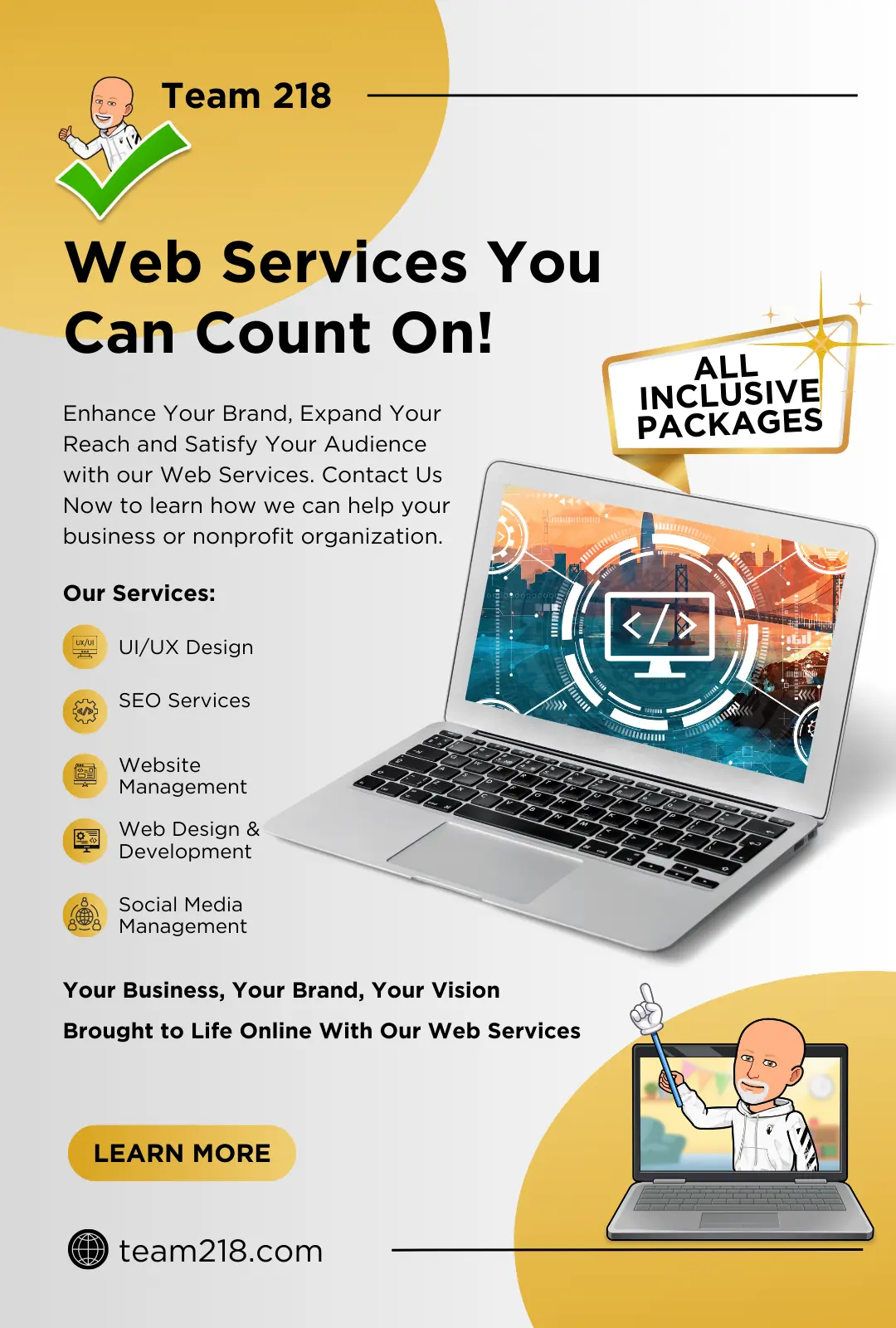The Comprehensive Guide to Crafting Aesthetically Appealing and Functional Website Design That Meets User Needs
In today's digital landscape, the relevance of crafting website design that are both visually attractive and practical can not be overemphasized. By focusing on user-centered style concepts, developers can develop experiences that not just attract but likewise maintain individual rate of interest. Secret visual components such as comparison, balance, and positioning play a critical role in this procedure, while the requirement of responsive design guarantees availability throughout different gadgets. The trip does not finish with initial layout; recurring testing and model are important for improvement. What methods can one employ to properly balance these components?
Understanding User-Centered Style
At the heart of reliable website design exists the concept of user-centered style, a viewpoint that focuses on the demands, preferences, and habits of users throughout the advancement procedure. This technique involves extensive study to recognize the target audience, ensuring that the end product resonates with its designated users. By integrating individual comments at every stage, developers can produce interfaces that are not only visually enticing but also practical and user-friendly.
User-centered style emphasizes compassion, needing developers to enter the users' shoes and consider their viewpoints. Methods such as user characters, journey mapping, and functionality testing are utilized to determine pain factors and chances for improvement. This repetitive process enables continuous improvement, as designers adjust to evolving individual demands and technical advancements.
Integrating user-centered layout leads to raised user satisfaction and interaction, inevitably resulting in higher conversion prices and brand name loyalty. It fosters a collective environment where stakeholders, consisting of customers, developers, and programmers, work together to attain a common vision. By putting users at the leading edge of the design process, organizations can produce internet sites that not just fulfill organization objectives yet also give purposeful and fulfilling experiences for users.
Secret Principles of Visual Design
Reliable visual design functions as the structure for producing interesting and easy to use websites. It incorporates numerous crucial concepts that assist developers in crafting aesthetically pleasing and functional user interfaces.
First, balance plays a crucial role in achieving visual harmony. Designers need to distribute components evenly throughout the format to stay clear of overwhelming individuals. This can be accomplished with unbalanced or symmetrical layout techniques.

Additionally, alignment is important for arranging information. Regular placement of message and pictures fosters a clean layout, improving general navigating and individual experience.
 Proximity additionally adds to aesthetic clearness. Organizing associated products with each other aids individuals in comprehending the connection between different components, making the interface much more instinctive.
Proximity additionally adds to aesthetic clearness. Organizing associated products with each other aids individuals in comprehending the connection between different components, making the interface much more instinctive.Finally, uniformity in layout elements, such as shades, fonts, and designs, reinforces brand identity and helps customers browse the website a lot more easily. By including these key principles of visual style, internet designers can develop user interfaces that are not only visually enticing however likewise practical and user-centered.

Value of Responsive Style
Responsive style is a crucial aspect of contemporary internet growth, making sure that internet sites work perfectly throughout a variety of devices and display sizes. As the web landscape advances, the diversity of devicesâEUR" ranging from smart devices to tablet computers and desktop computer computersâEUR" necessitates a layout method that accommodates all customers.
Executing receptive design permits for a flexible design that instantly adjusts based upon the individual's screen measurements. This adaptability not only enhances accessibility but More Info likewise boosts use, as customers can navigate and engage with the site effortlessly, regardless of their tool.
Additionally, internet search engine like Google prioritize mobile-friendly internet sites in their ranking formulas. A receptive design can substantially boost a website's SEO efficiency, inevitably driving more web traffic and boosting presence.
In addition, responsive style reduces the need for maintaining several versions of a website, enhancing updates and content administration. This efficiency translates right into price savings and a much more natural brand experience across systems.
Enhancing Customer Experience
Individual experience (UX) is an essential component of web layout, affecting just how visitors engage with a web site and view its value. A well-crafted UX makes sure that customers can navigate with ease, discover details easily, and attain their goals effectively. read this The design has to think about the individual's journey, from the minute they come down on the site to the conclusion of their preferred activity, whether that be making an acquisition, enrolling in a newsletter, or accessing info.
Crucial element that enhance UX include clear navigation, responsive layouts, and interesting visual web content. Uniformity in style components such as font styles, switches, and shades fosters experience, making the internet site really feel natural. Additionally, enhancing tons times is essential; users are less likely to remain on a site that is slow-moving to react.
Including access functions ensures that all individuals, consisting of those with specials needs, can communicate with the site perfectly. User-centric layout principles Look At This ought to guide material company, providing pertinent information in a sensible framework. web design. By prioritizing individual requirements and choices, internet developers can develop experiences that are not only aesthetically enticing but likewise practical, eventually cultivating user complete satisfaction and loyalty
Checking and Repeating Designs
Checking and repeating layouts are fundamental procedures that follow the preliminary creation of an internet site, ensuring that the individual experience continues to be at the leading edge of any changes. These stages involve gathering individual feedback, examining design efficiency, and making educated adjustments to boost functionality and involvement.
Functionality testing enables designers to observe actual customers as they connect with the web site, recognizing pain points and locations for renovation (web design). Individual surveys can use qualitative understandings, capturing individual views and preferences.
Continuous model cultivates an adaptive layout strategy, where the internet site evolves in reaction to customer habits and responses. By devoting to rigorous screening and iteration, designers can produce a web site that not only meets visual criteria but additionally supplies a seamless and satisfying individual experience.
Final Thought
In conclusion, reliable internet layout requires the combination of user-centered principles, essential visual style components, and receptive structures to develop appealing interfaces. By prioritizing customer demands and implementing constant screening and version, designers can fine-tune their productions to enhance total satisfaction. The dedication to these methods not just promotes an aesthetically enticing aesthetic yet also makes certain functionality throughout diverse tools, eventually contributing to a favorable individual experience and boosted engagement.
By prioritizing user-centered layout principles, designers can create experiences that not just draw in yet additionally keep customer rate of interest.At the heart of efficient internet layout lies the principle of user-centered style, an ideology that prioritizes the demands, preferences, and habits of customers throughout the development procedure. By putting customers at the center of the style process, companies can create web sites that not only meet service objectives however likewise give rewarding and meaningful experiences for users.
By focusing on user needs and preferences, web developers can produce experiences that are not just visually appealing however also useful, inevitably fostering customer satisfaction and loyalty.
Customer surveys can supply qualitative understandings, catching user sentiments and choices. (web design)